Climate and Energy Summit 2025
Next event In person & livestreamed

- Area of Expertise
- Climate, Energy & Natural Resources

Communications Manager
Iiris André is Communications Manager at Friends of Europe
Policymakers around the world are using social media to promote United Nations Agenda 2030 of sustainable development goals (SDGs) ranging from reducing inequalities to acting for climate. But beware: developing catchy social media campaigns does not mean that governments and institutions are really walking the talk and making SDGs a reality. With only 12 years left to meet the deadline of 2030, there is no time to waste. Policymakers and influencers alike should encourage people to take concrete action in addition to showing support on social media.
International organisations, civil society, governments and businesses have certainly noticed the power of social media and are using different platforms to connect with their citizens, customers and supporters. The UN for example – excluding all its special entities and agencies – has more than ten social media platforms, ranging from Twitter to Instagram, from Snapchat to Google+. The European Union is not far behind: the Parliament alone updates accounts from LinkedIn to Pinterest. Embassies, ministries and other decision-making bodies around the world likewise connect with their followers on social media.
Social media is simultaneously powerful and powerless
Social media has undeniable potential when it comes to policymaking and international development. Through social media channels, organisations can share facts and figures, raise awareness on topics central to their work and communicate quickly and effortlessly with people. For some, social media might also be a way to secure funding and connect with donors. Agenda 2030 has a heavy social media presence with dedicated accounts and hashtags such #SDGs and #GlobalGoals. This not only helps to amplify the message of the agenda but also allows citizens to rally behind causes and find like-minded people to push for better policymaking on topics that matter to them, both locally and globally.
However, social media could also be turning people into passive consumers of information instead of active users. While social media campaigns equipped with eye-catching visuals and trending hashtags might gain unprecedented popularity, this does not guarantee that virtual interaction translates into concrete action. It is easy to like and share a social media post on the #ZeroHunger campaign, for example, but how many people also actively fight food waste, choose sustainably produced foods or support other targets of the campaign’s associated sustainable development goal?
Here are three recommendations for using social media more effectively to achieve Agenda 2030:
First, to fight the inertia that social media can cause and to encourage people to take real life, concrete steps, social media campaigns should be combined with opportunities to act at individual, local, regional and national level. The point is to remind people that, while showing support is important, taking action is crucial. The Global Day to Act for SDGs is a great step towards the right direction, as it combines action with social media visibility.
Second, governments and international organisations should make full use of social media data and analytics, without compromising privacy legislation, to gain a better understanding of the most pressing concerns of citizens. This could then help guide policymaking. However, as this requires developing more sophisticated analysis tools, benefits will only be seen in long-term.
We still need to do the real heavy lifting to achieve the SDGs
Third, as more and more people gain access to the Internet and join social media platforms, education in social media literacy skills needs to be developed and made accessible. While platforms have taken steps to remove fake users – a recent Twitter purge led to the deletion of 70 million accounts – it is doubtful that there could ever be a system that detects all false content. Yet at least an effort can be made in giving people the necessary tools to analyse the reliability of the content they see and consume. This would empower people to be active citizens, which in turn would benefit policymaking.
It is impossible to know how social media will look like in another decade. Meanwhile, making sure that the role of social media in policymaking is tapped to its full potential is perhaps the most fruitful path forward.
Social media is simultaneously powerful and powerless. It gives citizens, organisations and causes more visibility and prominence, can bring policymaking closer to the people and inform decision-making. Yet it can also lull us into thinking that by just showing our support online we are doing our share. While sometimes that is enough, we still need to do the real heavy lifting to achieve the SDGs. Hashtags are not enough.
Next event In person & livestreamed

Past event In person & livestreamed
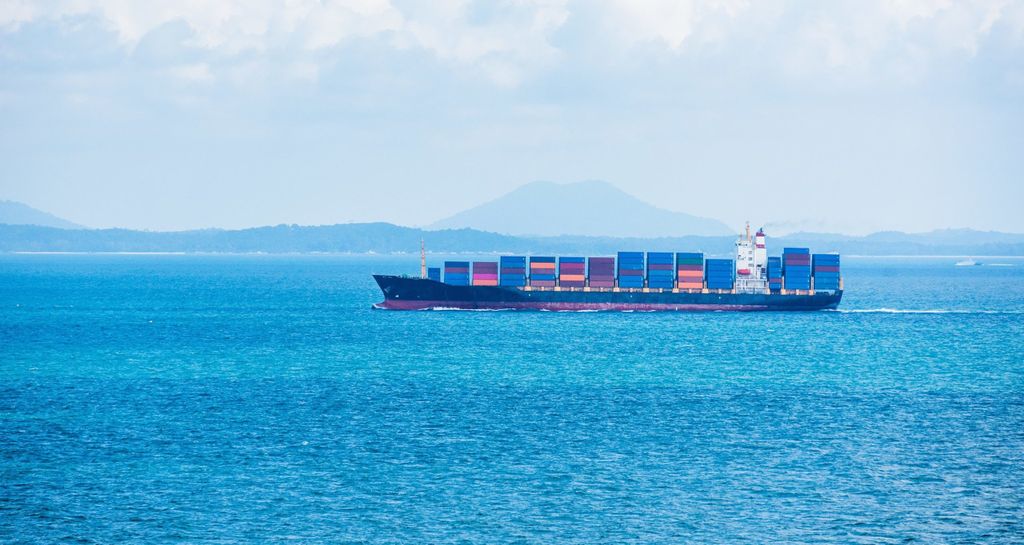
Past event In person & livestreamed
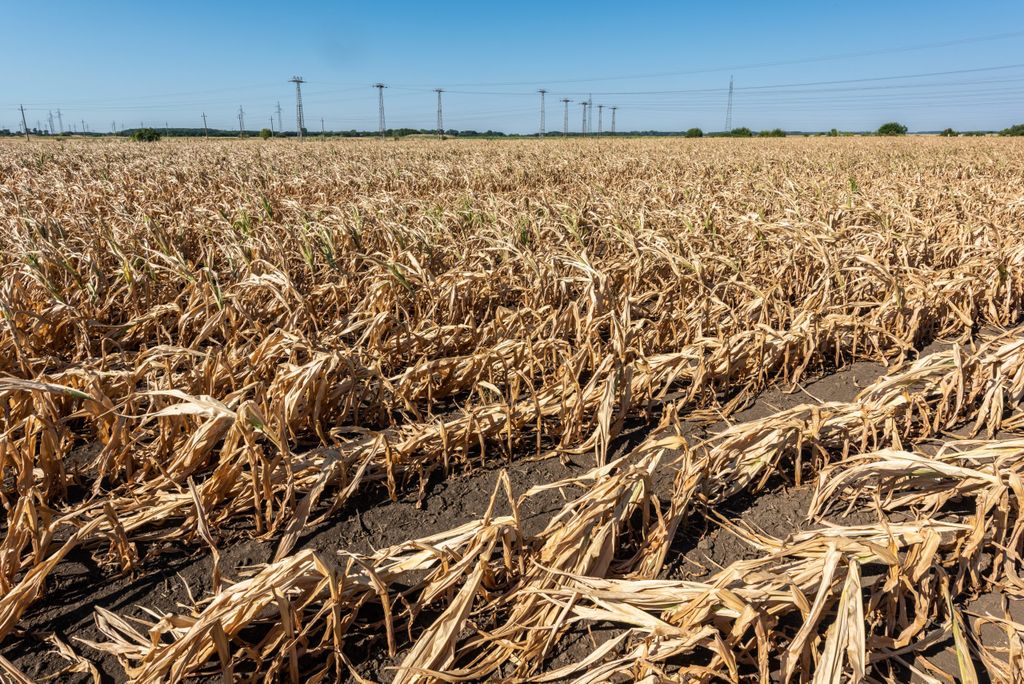
Past event In person & Livestreamed
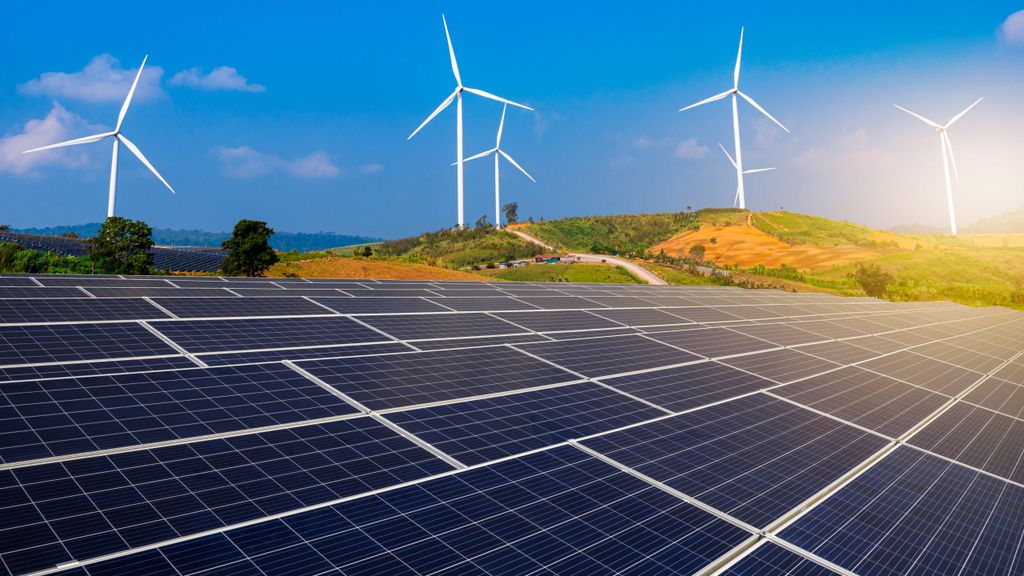
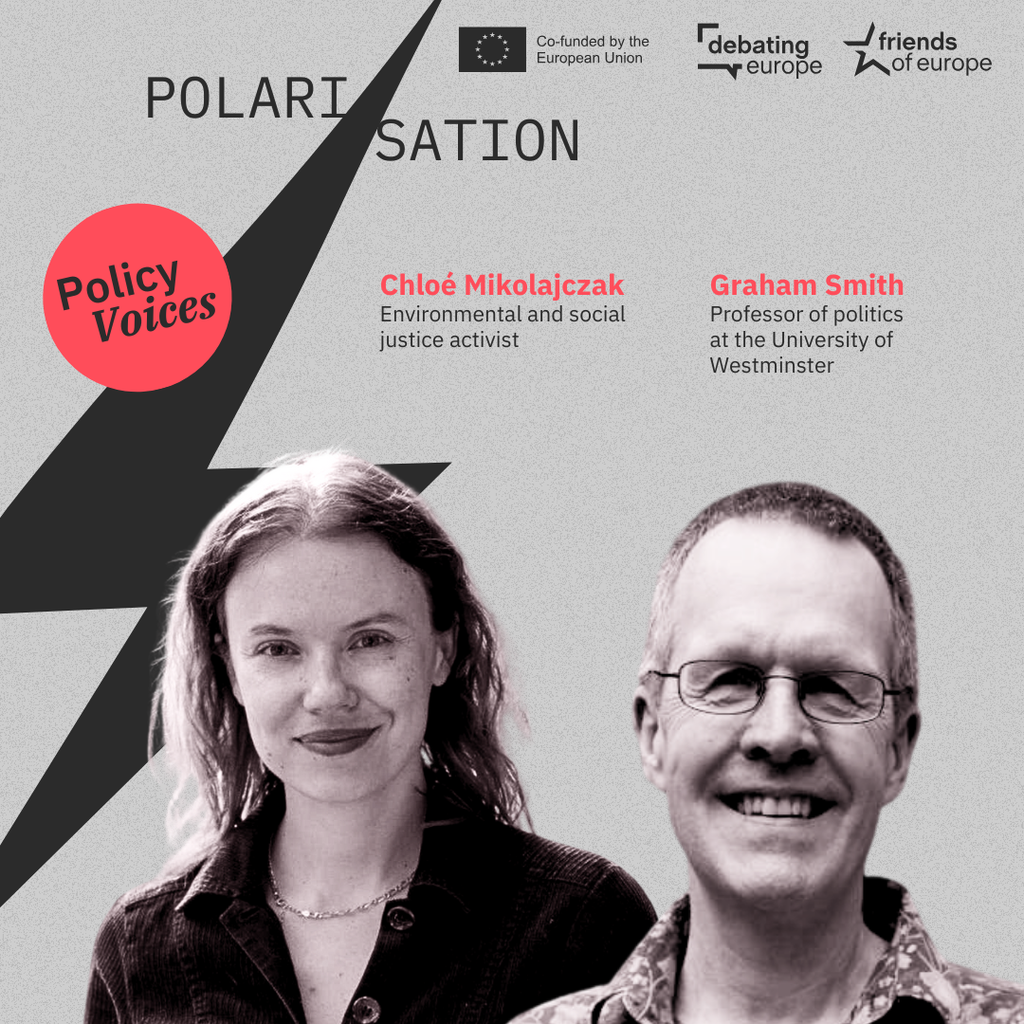

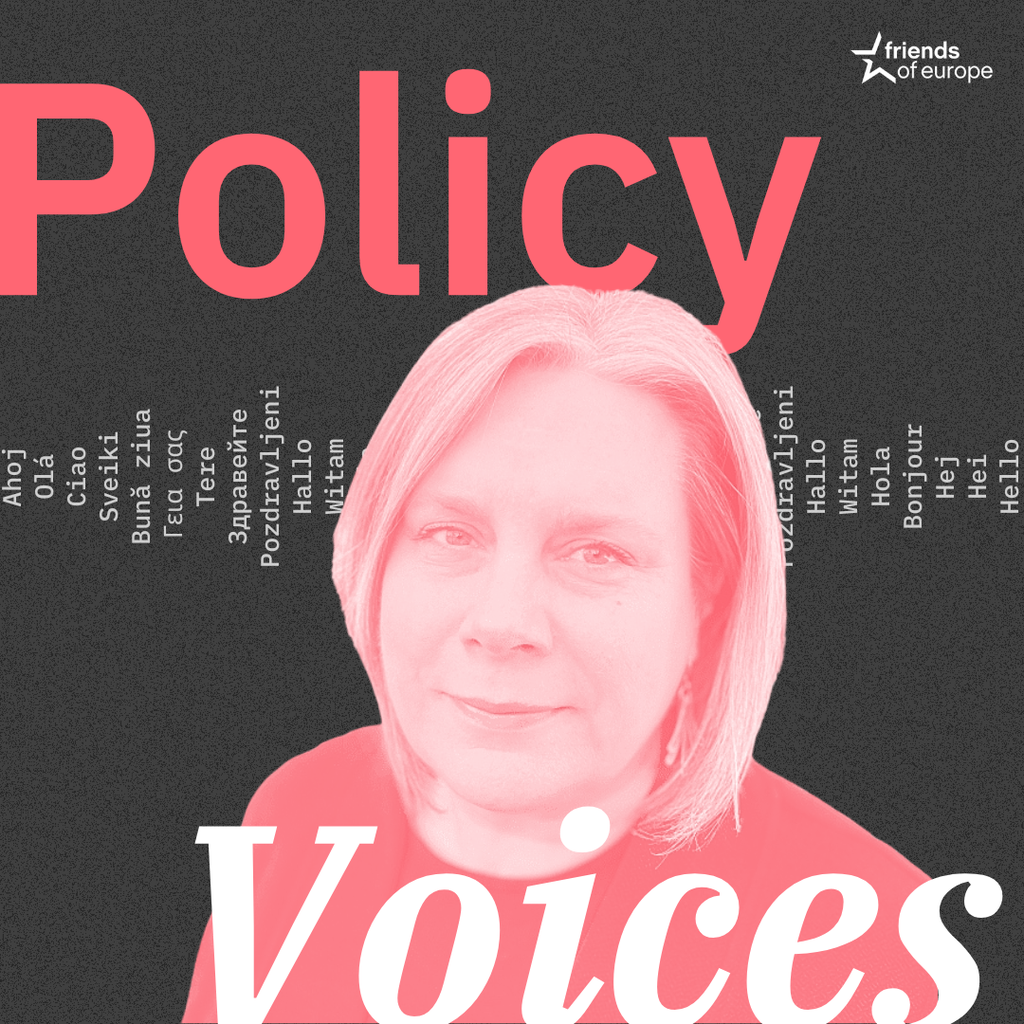
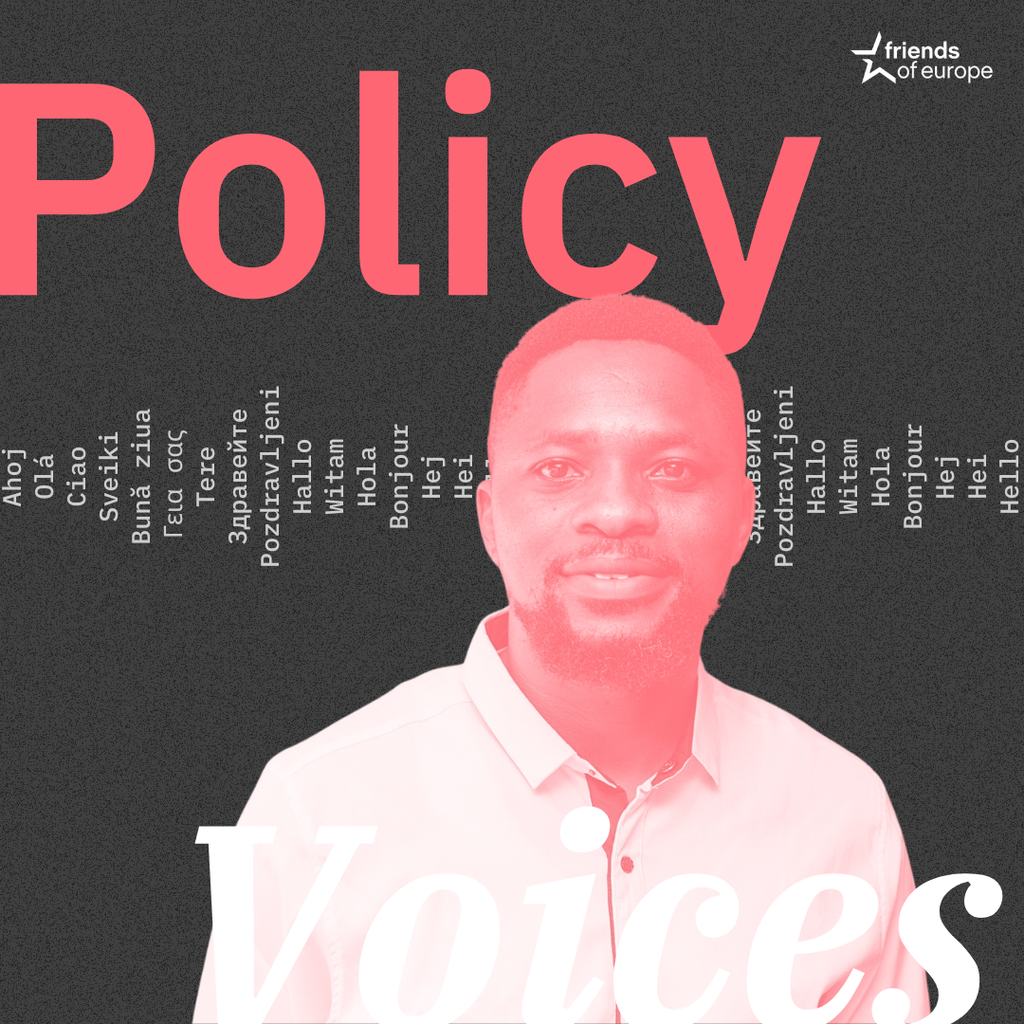
Stay informed
We use cookies and similar technologies to adjust your preferences, analyze traffic and measure the effectiveness of our campaigns. Learn more about our privacy policy.